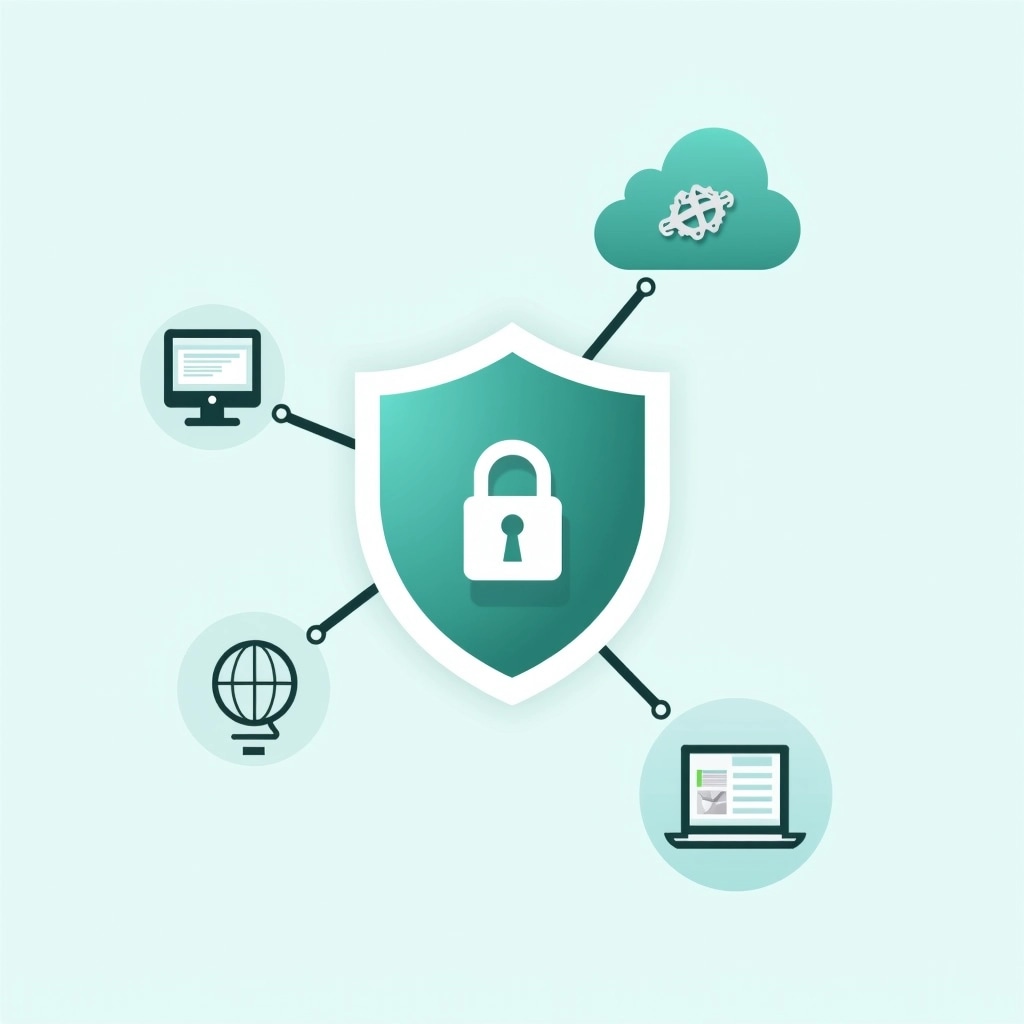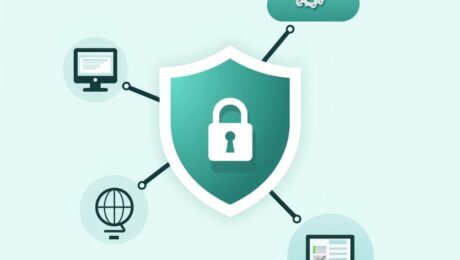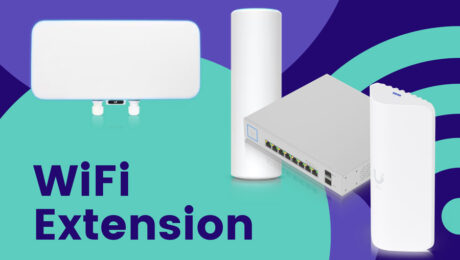Public Wi-Fi networks are everywhere—cafés, airports, hotels, and even parks. They’re incredibly convenient, especially when you’re on the go and need to stay connected. However, using public Wi-Fi comes with risks. Hackers can exploit unsecured networks to intercept your data, compromise your accounts, and install malicious software on your devices.
The good news? You don’t have to give up public Wi-Fi altogether. By taking a few simple precautions, you can enjoy the convenience of public Wi-Fi while keeping your data and devices secure. Here’s how:
1. Always Use a VPN (Virtual Private Network)
A VPN is one of the most effective tools for safely connecting to public Wi-Fi. It creates an encrypted tunnel between your device and the internet, making it nearly impossible for hackers to intercept your data.
Why You Need a VPN
When you connect to public Wi-Fi, anyone on the same network can potentially access your traffic if it’s not encrypted. A VPN ensures that even if someone tries to snoop, your data remains protected.
How to Choose a VPN
Look for a reputable VPN service with strong encryption protocols, no-logging policies, and fast speeds. Popular options include NordVPN, ExpressVPN, and Surfshark. Free VPNs are available but may lack robust security features, so it’s worth investing in a paid service.
When to Use a VPN
Always activate your VPN before connecting to public Wi-Fi, especially in high-risk locations like airports and hotels, where hackers often target travelers.
2. Avoid Suspicious or Unsecured Networks
Not all Wi-Fi networks are created equal. Some are more secure than others, and some are outright traps set up by cybercriminals.
Tips for Identifying Safe Networks
- Check the Network Name: Confirm the network name with a staff member or sign. Hackers sometimes create fake networks with names like “Free Airport Wi-Fi” to lure users.
- Look for Encryption: Secure networks often require a password to connect. Avoid open networks without any form of security.
- Stick to Reputable Providers: Networks provided by well-known businesses or organizations are generally safer than those you find at random.
Be Wary of Automatic Connections
Many devices are set to automatically connect to previously used networks. Disable this feature in your device settings to avoid unintentionally connecting to a rogue network.
3. Secure Your Devices
Your device’s settings and software can either be your first line of defense or your greatest vulnerability when connecting to public Wi-Fi.
Update Your Software
Hackers often exploit known vulnerabilities in outdated software. Regularly update your operating system, browser, and apps to ensure you’re protected against the latest threats.
Enable a Firewall
A firewall monitors incoming and outgoing traffic, acting as a barrier between your device and potential threats. Most operating systems have a built-in firewall—just make sure it’s turned on.
Use Antivirus Software
Antivirus programs can detect and block malicious software before it causes harm. Ensure your antivirus software is up to date and running in the background.
Disable File Sharing
Public Wi-Fi isn’t the place to share files between devices. Disable file sharing in your system settings to prevent unauthorized access.
4. Limit Your Activities on Public Wi-Fi
Even with a VPN, it’s wise to be selective about the activities you perform on public Wi-Fi.
Avoid Sensitive Transactions
Steer clear of accessing your bank accounts, entering credit card information, or logging into sensitive accounts. If these tasks are unavoidable, use mobile data instead of public Wi-Fi.
Stick to HTTPS Websites
Websites with “HTTPS” in their URLs use encryption to protect your data. Avoid entering personal information on sites without this added layer of security.
5. Use Two-Factor Authentication (2FA)
Even if someone gains access to your credentials, two-factor authentication can prevent them from logging into your accounts.
How 2FA Works
After entering your password, you’ll need to provide a second form of verification, such as a one-time code sent to your phone or email.
Which Accounts to Protect with 2FA
Enable 2FA on any accounts that store sensitive information, including email, banking, and social media accounts.
6. Monitor Your Connections
Even with all these precautions, it’s a good idea to keep an eye on your connections to ensure nothing seems out of place.
Check for Unauthorized Access
Some public Wi-Fi networks display a list of connected devices. If you notice suspicious activity, disconnect immediately.
Log Out After Each Session
When you’re done using a public Wi-Fi network, log out of your accounts and disconnect from the network.
7. Consider Mobile Hotspots
If you frequently find yourself needing internet access on the go, a mobile hotspot can be a safer alternative to public Wi-Fi.
How Mobile Hotspots Work
A mobile hotspot allows you to use your cellular data to create a secure internet connection for your devices. Many smartphones have a built-in hotspot feature, or you can invest in a dedicated device.
Why It’s Safer
Unlike public Wi-Fi, a mobile hotspot is private and password-protected, reducing the risk of interception.
8. Stay Vigilant for Phishing Scams
Hackers often use public Wi-Fi to launch phishing attacks, tricking users into revealing sensitive information.
Signs of a Phishing Attempt
- Unsolicited pop-ups asking for personal details.
- Emails or messages claiming to be from reputable organizations but containing suspicious links.
- Requests for login credentials on unfamiliar websites.
How to Avoid Phishing Scams
- Never click on suspicious links or pop-ups.
- Verify the authenticity of any requests by contacting the organization directly.
- Use a browser extension that detects phishing websites.
Wrapping Up
Public Wi-Fi is a valuable resource, but it doesn’t have to come at the cost of your security. By using tools like VPNs, securing your devices, and staying vigilant, you can enjoy the benefits of public Wi-Fi without falling victim to cyber threats.
Next time you’re out and about, keep these tips in mind to protect yourself and your data. And if you need reliable internet access for your business or events, consider renting a secure, high-performance Wi-Fi solution from eTech Rentals. Stay connected—and stay safe!
WiFi and VPN videos
7 Cybersecurity Tips NOBODY Tells You (but are EASY to do)
How to Set Up a VPN in Minutes
Need Help With an Upcoming Event?
Check out more blog articles:
Public Wi-Fi networks are everywhere—cafés, airports, hotels, and even parks. They’re incredibly convenient, especially when you’re on the go and need to stay connected. However, using public Wi-Fi comes with risks. Hackers can exploit unsecured…
READ ARTICLE
Speaker panels are a powerful tool for conferences, workshops, and events. They bring together experts, foster insightful discussions, and leave audiences feeling informed and inspired. But behind the scenes, successful speaker panels require careful planning…
READ ARTICLE
When you need to extend WiFi coverage temporarily, whether for a large event, a construction site, or a short-term office space, choosing the right equipment can make all the difference in ensuring seamless connectivity. At…
READ ARTICLE
In the dynamic world of marathon events, where every stride counts and every second matters, technology plays a pivotal role in enhancing the experience for participants, spectators, and organizers alike. From ensuring seamless communication and…
READ ARTICLE







